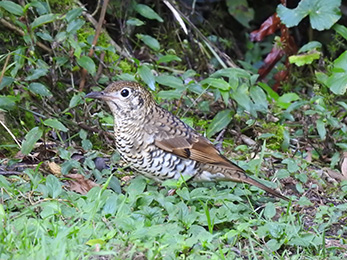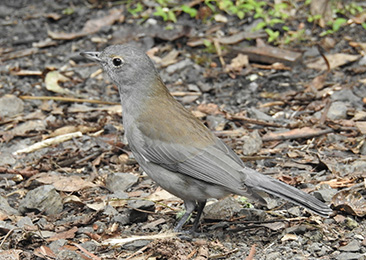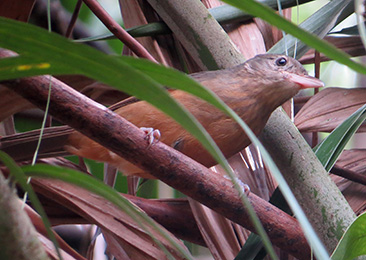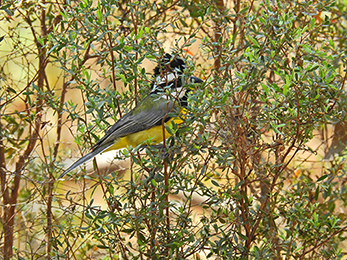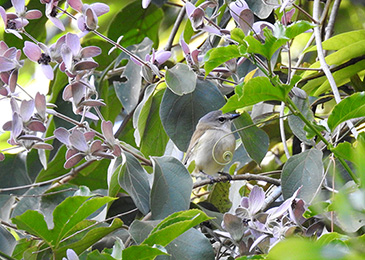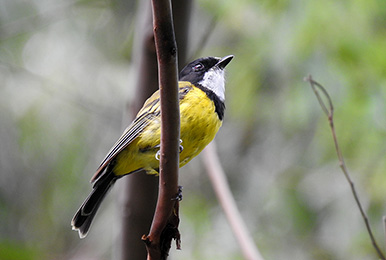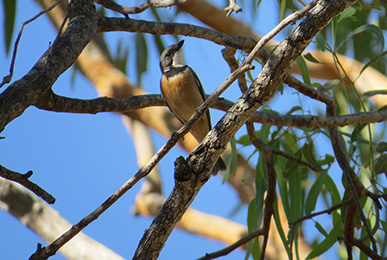AUSTRALIAN WHISTLERS & SHRIKE-THRUSHES
Whistlers and Shrike-thrushes belong to the family Pachycephalidae, a diverse family of birds known for their vocal prowess and striking appearances. These birds are found across various habitats in Australia, from the lush rainforests of the east coast to the arid regions of the interior, and even in suburban gardens, where their songs often fill the air.
Whistlers are generally small to medium-sized birds, with robust bodies and stout bills. Their plumage is often a mix of subtle greys, greens, and yellows, although some species may exhibit more vibrant colours. The name “whistler” comes from their distinct and melodious whistling calls, which can be heard across the forests and woodlands, especially during the breeding season when males sing to attract mates and establish territories.
Shrike-thrushes, on the other hand, are slightly larger and have a more subdued colouration, typically in shades of grey or brown, allowing them to blend seamlessly into the bark of trees and the forest floor. They are named for their shrike-like behaviour, as they are adept at hunting insects and small vertebrates, which they often impale on thorns or wedged branches, a behaviour reminiscent of true shrikes.
Both whistlers and Shrike-thrushes play a vital role in the ecosystem as insectivores, helping to control insect populations. Their foraging habits take them fluttering through the foliage or hopping along the ground, where their keen eyesight and quick reflexes make them efficient hunters.
In terms of breeding, these birds are generally monogamous, with pairs often staying together throughout the year. They build neat, cup-shaped nests where they lay their eggs, and both parents share in the care of the young, from incubation to feeding.
The songs of Whistlers and Shrike-thrushes are not only a delight to birdwatchers and naturalists but also serve an important ecological function. Their calls can indicate the health of their habitats, as changes in bird populations or behaviour can signal environmental shifts, whether due to natural causes or human impact.
Conservation-wise, while many species of Whistlers and Shrike-thrushes are currently doing well, habitat destruction and climate change pose potential threats to their populations. Protecting their habitats is crucial for their survival, ensuring that the symphony of their songs continues to resonate through the Australian landscape.
In summary, Australian whistlers and Shrike-thrushes are an enchanting group of birds, each with its own unique contribution to the chorus of the wild. Their presence is a testament to the rich biodiversity of Australia, and their conservation is essential for maintaining the ecological balance and the natural beauty they bring to their environments.

